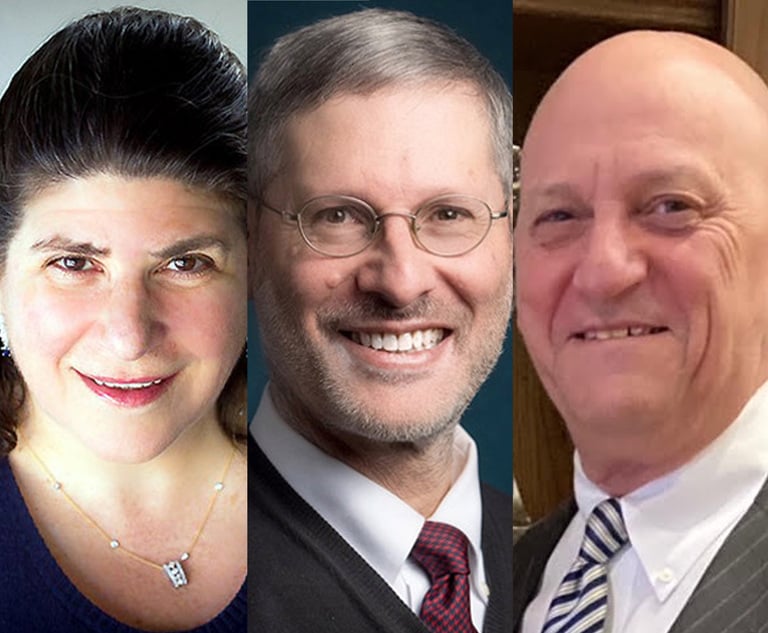Cases involving sexual abuse of young children are onerous for the attorneys trying such cases as well the children who may be obliged to testify. Not surprisingly, young children may often be the only witness to their own alleged abuse. How can we assure that those children are not revictimized in the process of testifying and presenting their story to the court? The way in which children participate in the process is, ironically, much like what is required of an expert witness—the child must have sufficient developmental capacity to present testimony that a fact finder will perceive as valid, authentic, and truthful, and be able to withstand the pressure of cross-examination.
The Sixth Amendment provides in pertinent part that: “In all criminal prosecutions, the accused shall enjoy the right to … be confronted with the witnesses against him …” The U.S. Supreme Court held in Maryland v. Craig (497 U.S. 836 (1990) that, while defendants have the right to confront their accusers, the right to confront accusers in open court may be curtailed to further a vital public interest such as protecting children from further trauma. Therefore, courts must determine, on a case-by-case basis, whether there is a demonstrated need for using a one-way closed television setup for a child’s testimony, or some other alternative means of allowing a very young child to testify. Accordingly, in cases involving minor children, we sometimes vary from standard operating procedure regarding how testimony can be presented, as well as stretching boundaries as to whether the witness is developmentally capable of presenting testimony. Should such distinctions continue?


 L-R: Elisa Reiter, Daniel Pollack, and Jeffrey Siegel. Courtesy photos
L-R: Elisa Reiter, Daniel Pollack, and Jeffrey Siegel. Courtesy photos




